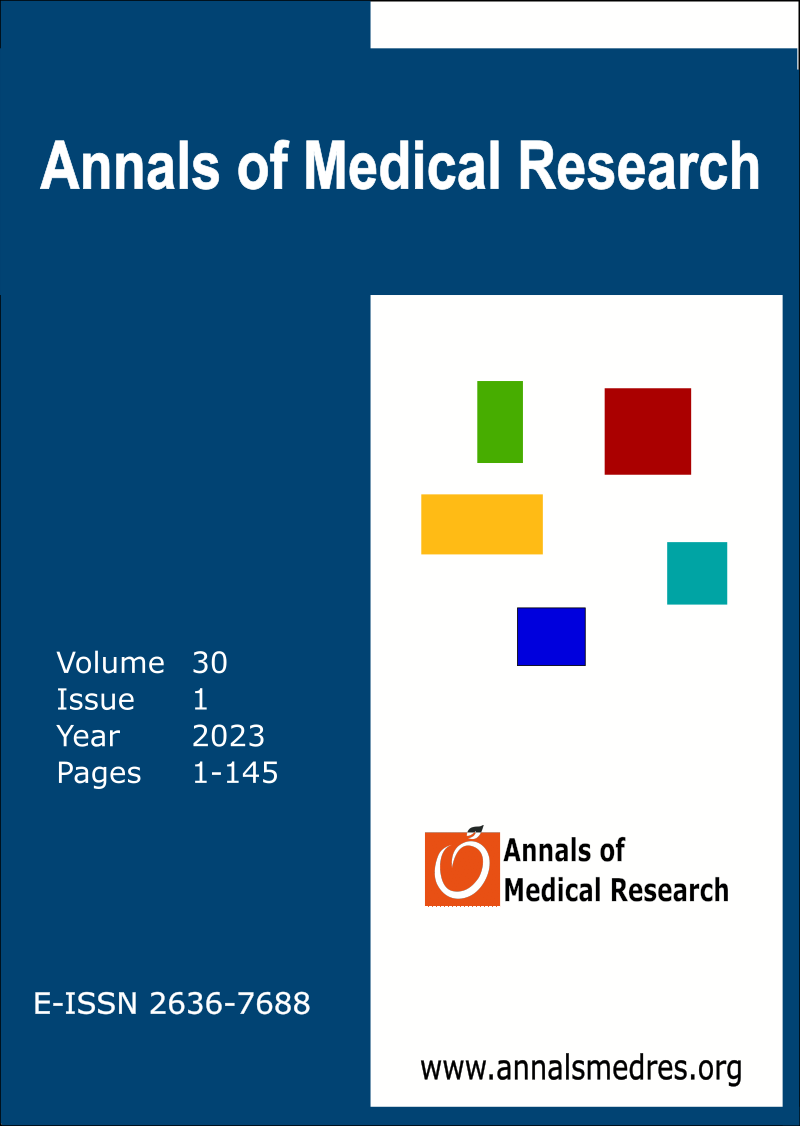The diagnostic value of electroencephalography in pediatric patients presenting with syncope
Keywords:
Syncope, Electroencephalography, Consciousness, Cerebral hypoperfusion, Epilepsy, PediatricAbstract
Aim: In the investigation of the diagnosis of pediatric syncope, it was aimed to evaluate the rate of abnormal EEG findings and the diagnostic yield of the EEG in the electroencephalography (EEG) taken following their neurological examination.
Materials and Methods: EEG records of 332 patients younger than 18 years of age who presented to the pediatric neurology outpatient clinic with syncope were retrospectively analyzed. The EEG results were classified as normal and abnormal. Based on the abnormal EEG results, four subgroups were formed as focal epileptiform discharge, generalized epileptiform discharge, focal slowing and generalized slowing. Abnormal EEG results were categorized according to age and gender.
Results: Of the cases included in the study, 195 (58.7%) were female and 137 (41.3%) were male. The mean age of the patients was calculated as 12.67±3.21 years. Analysis of the EEG results revealed that 92.5% were normal and 7.53% were abnormal. The most common abnormal EEG finding was focal slowing, which was detected in 12 (3.6%) patients, followed by focal epileptiform discharge which was detected in eight (2.4%) and generalized epileptiform discharge which was detected in five (1.5%) patients.
Conclusion: EEG should not be routinely performed to evaluate the diagnosis of pediatric syncope. Therefore, EEG should be performed only on patients to be selected based on their medical history and the results of their neurological examination. In this way, it will be possible to derive more benefits out of EEG and to reduce the associated medical costs.
Downloads
Published
Issue
Section
License
Copyright (c) 2022 The author(s)

This work is licensed under a Creative Commons Attribution-NonCommercial-NoDerivatives 4.0 International License.
CC Attribution-NonCommercial-NoDerivatives 4.0






